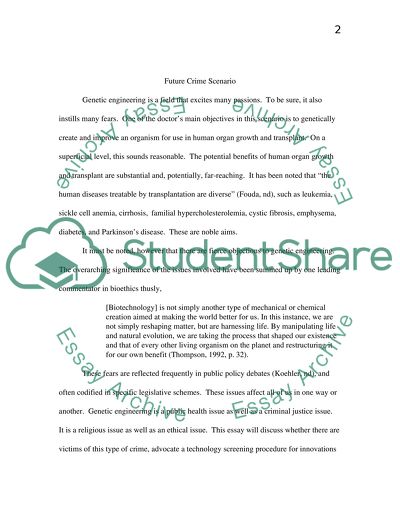Cite this document
(“Future Crime Scenario Essay Example | Topics and Well Written Essays - 1250 words”, n.d.)
Future Crime Scenario Essay Example | Topics and Well Written Essays - 1250 words. Retrieved from https://studentshare.org/social-science/1499859-future-crime-scenario
Future Crime Scenario Essay Example | Topics and Well Written Essays - 1250 words. Retrieved from https://studentshare.org/social-science/1499859-future-crime-scenario
(Future Crime Scenario Essay Example | Topics and Well Written Essays - 1250 Words)
Future Crime Scenario Essay Example | Topics and Well Written Essays - 1250 Words. https://studentshare.org/social-science/1499859-future-crime-scenario.
Future Crime Scenario Essay Example | Topics and Well Written Essays - 1250 Words. https://studentshare.org/social-science/1499859-future-crime-scenario.
“Future Crime Scenario Essay Example | Topics and Well Written Essays - 1250 Words”, n.d. https://studentshare.org/social-science/1499859-future-crime-scenario.


